The Vietnam War is often credited as the first conflict that was actually brought into the homes of American civilians. Graphic television reports, blooding images on black-and-white televisions…a lot has changed about the way we cover the war.
But this series in The Atlantic captured my attention and pointed it to the first American war where photographic images were even captured. Made me realize how, even though photography has changed, and war has changed, the images of war haven’t really changed at all.
Click through the photo tabs above and compare these photos–from the Library of Congress and the National Archives and Record Administration–of the Civil War to the photos you see everywhere in modern conflicts, in the Middle East, for example. The clothing is different, the technical details might have changed, but besides those peripherals, the photographs of war are fundamentally the same.
Erie as all hell. Is this a commentary on our human approach to photographing conflict? or is this a commentary on war? Neither or both?
______
**Update/Aside: Come watch us work. Mark your calendars to join us LIVE online on Wednesday, February 29th. We’re broadcasting a LIVE, interactive fashion shoot with the legendary $150,000 Phantom cinema capturing 1000 frames or more per second in HD resolution. Details are here, attendance is free. Tune in.

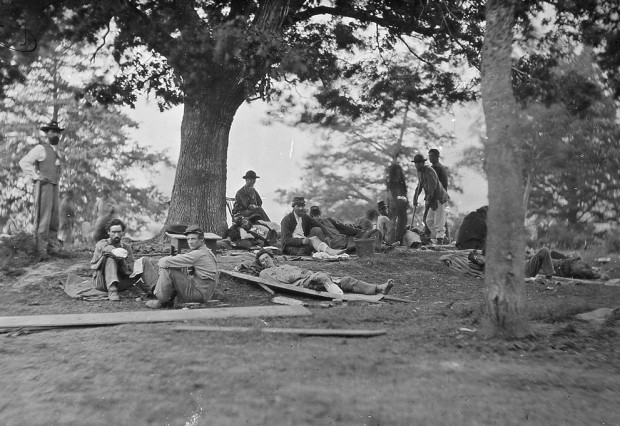






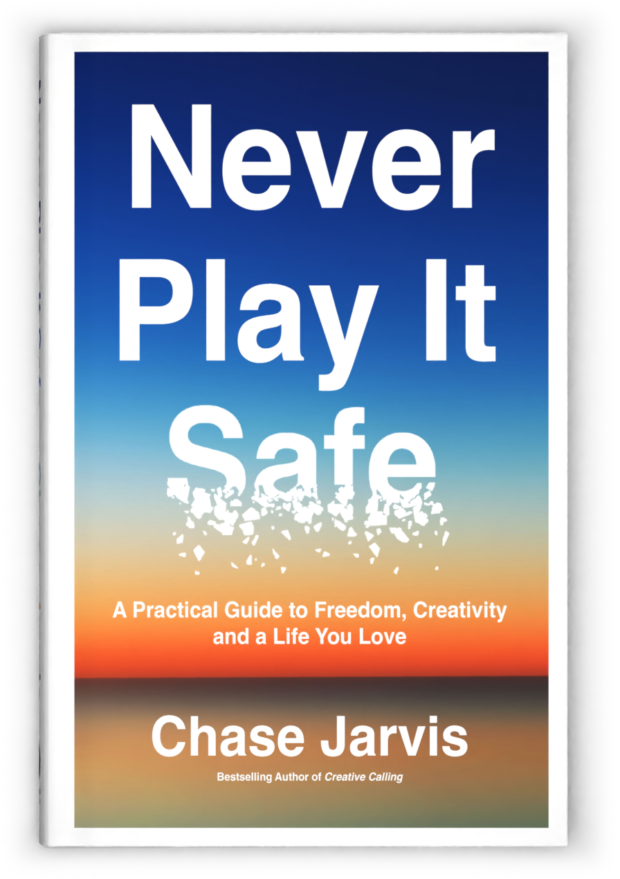









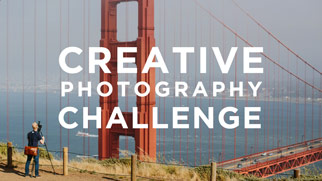
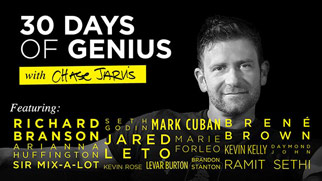
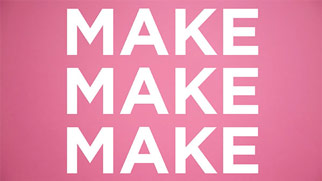



The successive schedule I study a weblog, I chance that it doesnt disappoint me as a good deal as this one. I be thinking about, I solve identify it was my option to discover, excluding I truly thought youd have a touch attractive to utter. All I find out is a bunch of buzzing in relation to one fixation that you would renovate must you werent very active in explore of attention.
Really Good Job…. You Helping People very much.
I’ve seen war photos that have great emotion, but other photos… don’t seem to have emotion in them. If anything, it’s the lack of emotion that brings out emotion.
What strikes me is that in some war photos everything feels very mathematical, geometric, and mechanical. Sometimes nothing feels human or organic about the pictures. This can raise its own emotions, but… when I see action shots from winter sports, family photos of a child dancing, or even nature photography of a lion cub attacking a remote controlled camera — it’s organic. It doesn’t feel set in stone or mechanical, with details laid out in perfect “thirds” precision. In war photos it’s like something froze time and instead of evoking a sense of “life has been taken”, it evokes more of “there is no life here”. Where non-war photography shows life, war photography sometimes denies the existence of life in order for us to see into something. This is double edged though — sometimes it works and sometimes it doesn’t. Maybe war photographers are betraying their coping mechanisms like Colin Farrel’s character in the film “Triage”?
Granted, war photography has changed over the years. But bear with me. Some of the example photos show dead bodies at angles that I’m not sure treat them with the humanness they once had. Sometimes this dehumanizing detracts from the full gravity of an image. Sometimes you only start to “get” just how war dehumanizes war and humanity when you’ve seen enough dehumanized images. I’m not talking about dehumanizing where there is a loss of life, but a simple denial of life ever existing.
This is just an observation of some war photography. It might be more of a psychological observation of some photos than on a whole. Maybe it’s an observation of what a war photographer was capable of showing with what they were going through at the time?
If the eye is the window to the soul, and the camera captures what a photographer is trying to show, maybe some images give us the possibility of seeing inside the photographer?
Reading your text has touched us the same like your pictures. Yes, we sincerely thank you again and we wish to remark your impressive visualized written competency
Regards
Mr. Dr. Chao Wang, English to Chinese Proofreading